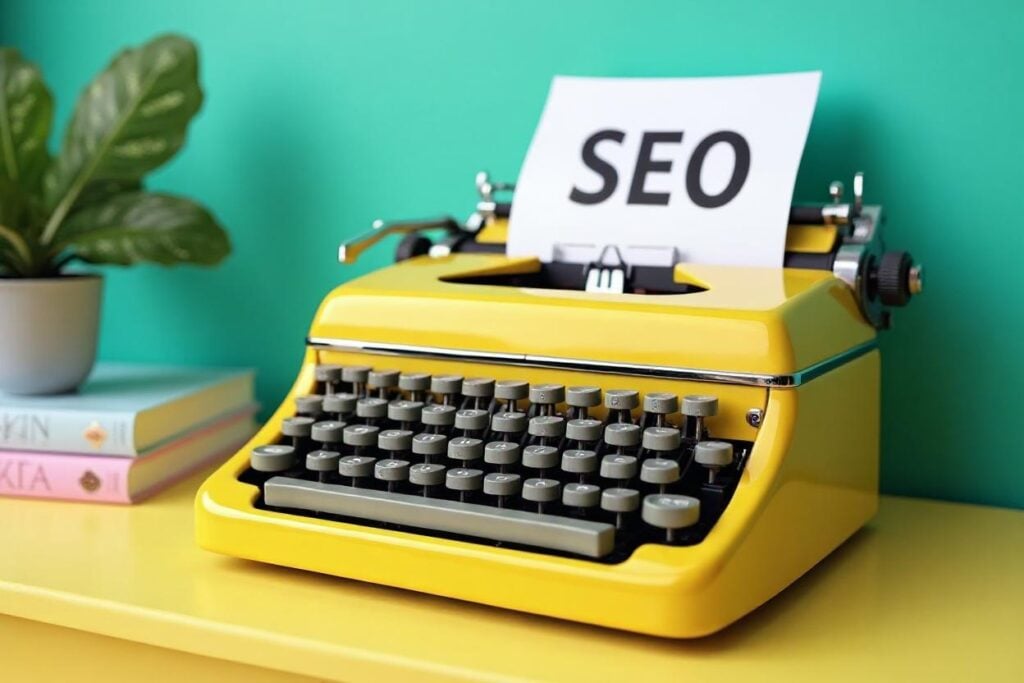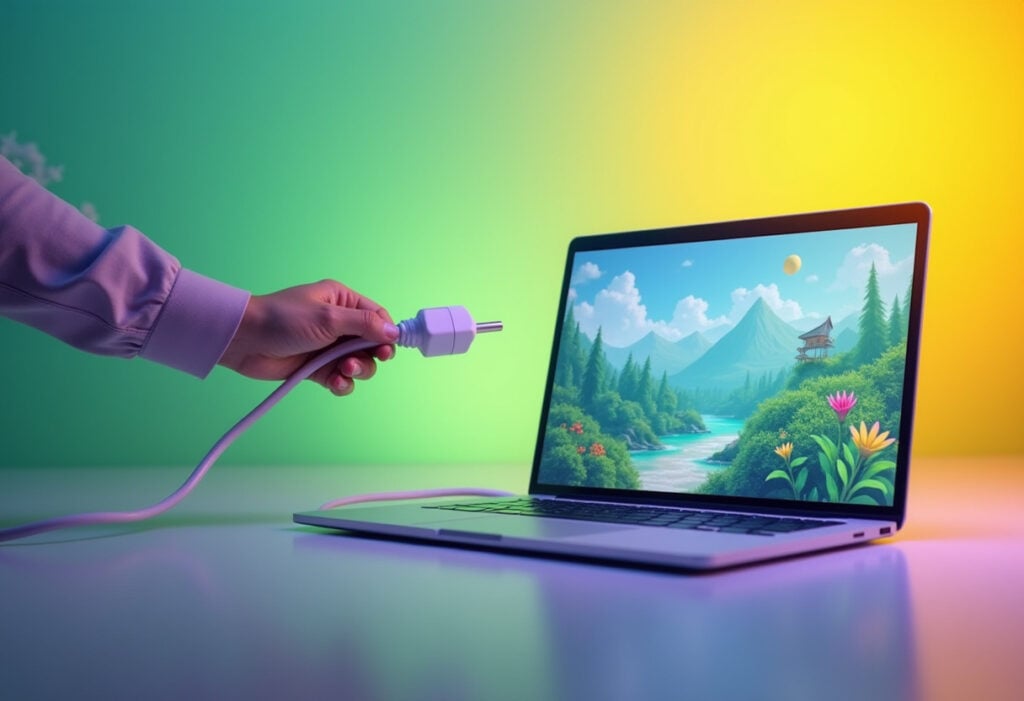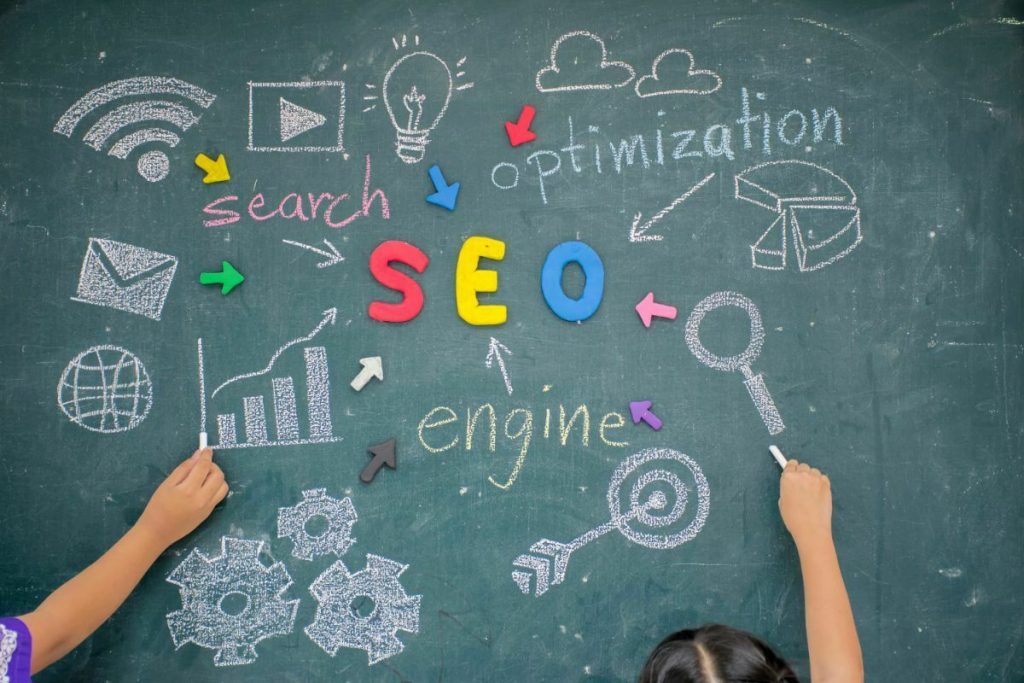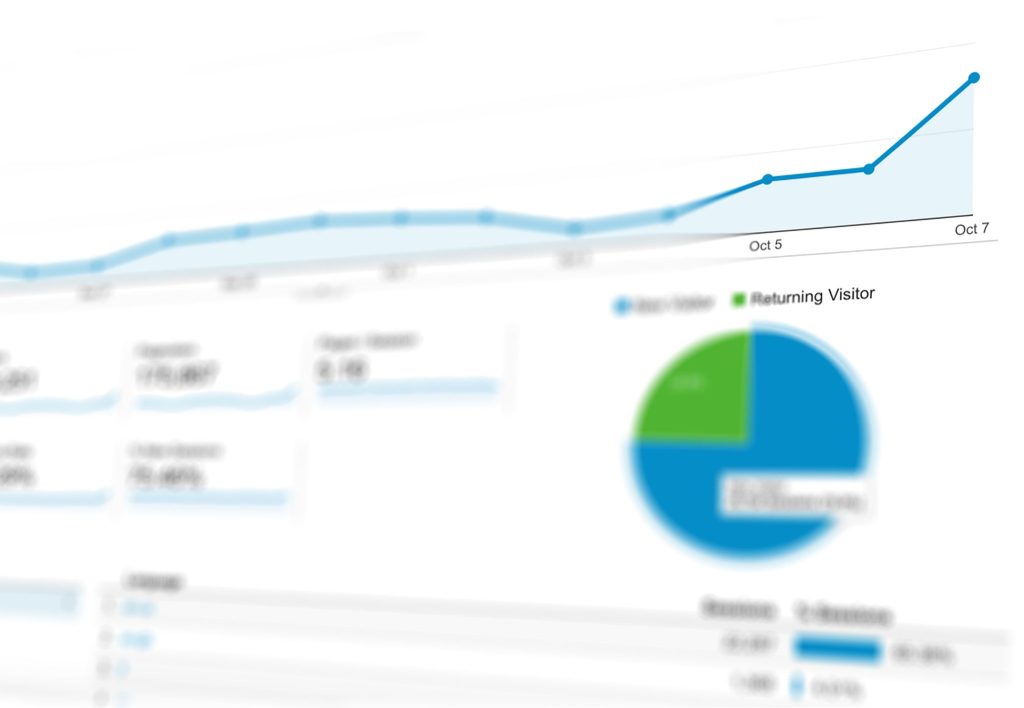The key to driving relevant organic traffic is understanding ‘search intent’. This means getting to grips with exactly what kind of problem the user is trying to solve. As well as this, brands must account for the ways the search engine landscape is changing. Ben Gomes, SVP of search engineering at Google, outlined in 2018 that there would be three fundamental shifts to the way we interact with search engines:
- From answers to journeys – problem solving is now about providing an experience, rather than simply answering a question. As human beings seek out new experiences, Google will provide information to help them on the way.
- From queries to ‘queryless’ ways of seeking information – users will be provided with content that’s relevant to their needs and interests, without them needing to ask a direct question.
- From text to more visual ways of finding information – we’ve known for quite some time that humans are visual creatures, and so search engines must adjust accordingly. This includes making it much easier for users to find visual content.
How does Google visual search work?
Take your average online shopper, for instance. Their ‘problem’ is that they need a specific product. Say this shopper wants a new pair of white high-tops. If they were to visit a brick and mortar store and ask an assistant, which of the following two responses would be more helpful?- The assistant says, ‘yes we do sell white high-tops’, and proceeds to describe every single variety they have in stock.
- The assistant directs them to a specific part of the store, so the customer can see if any pairs catch their eye. They can also get some help in finding a pair that fit!
Whereas before searches for images were text-based, images are now considered search queries in and of themselves. Take Pinterest for example, which offers one of the most innovative approaches to visual search available. Initially, Pinterest was used to create virtual ‘mood boards’ for style and aesthetic inspiration. However, we are seeing more updates that cater to shoppers. According to Pinterest, 49% of users say that visual search helps them forge stronger relationships with brands. This is reflected in Pinterest’s updates to Lens, its visual search tool, in September 2019. This update included the integration of shoppable pins with visual search. The aim is now to create a seamless experience in which users take pictures, and use them to search for relevant products.
Brands need to invest in visual search sooner rather than later if they want to remain competitive. According to Gartner, by 2021 early adopter brands that redesign their websites to support visual and voice search will increase digital commerce revenue by 30%. A host of established brands have already begun investing in proprietary visual search tools, including ASOS, Argos, and IKEA. The first step is to ensure that all images on a website are thoroughly optimised for SEO. This increases the chances of ranking at the top for visual search queries.
What is image optimisation in SEO?
As the title suggests, image optimisation involves making your images as ‘SEO friendly’ as possible. This involves delivering high-quality images in the right format, dimension, size, and resolution while keeping the smallest possible size. Brands may underestimate the potential of Google Image search to drive organic traffic. However, according to data gathered by Moz, Google images constitute 27% of search queries across the top ten web properties in the United States. Therefore, image optimisation could form a key part of your ongoing marketing strategy. Hawk-eyed members of the SEO community have picked up on several signs over the year that Google would be placing more of an emphasis on visual search. One of the first indicators was in 2013 when Google launched a feature that allowed users to find related images on Google Image Search. Furthermore, in 2016 Google updated product images to include prices and stock availability. We’ll be even more impressed if you’ve noticed the change in how Google Image Search is represented in Google Analytics. Organic traffic via image search was previously assigned the referral path ‘/imgres’ under google.com. However, images.google.com now exists as its own distinct source medium. Google’s pivot towards visual-oriented search is best represented by the launch of Google Lens. Initially released in 2017, Google Lens allows users to search using photos taken on their smartphones. Using image recognition technology, Google will then provide a host of images that match or strongly resemble the original image. This update caters to the growth of what Search Engine Journal describes as ‘see-snap-buy’ behaviour, positioning images as an increasingly viable entry point into the purchase cycle. In February 2020, it was announced that in the following September, Google Lens would become incorporated into Google Image Search. The aim is to provide a more nuanced, bespoke approach to visual search. This presents a particular opportunity for e-commerce brands. For example, websites built on WordPress allow for product images to be ‘tagged’ using WooCommerce. This helps users search images for products they are looking to purchase. This update will also include a change in Google’s ranking algorithm for images. A host of factors will now be taken into account, such as image size, prominence and whether the hosting site is deemed to be ‘authoritative.’How to make images SEO friendly
In 2018, Google announced updates to its image publishing guidelines. These updates form the basis of how to optimise images for SEO. Therefore, to stand the best chance of increasing organic traffic via Google Images, marketers must adhere to the following guidelines:Create informative, high-quality and device friendly sites
For experienced marketers, this should go without saying. Google has confirmed that the overall quality of a website will be incorporated into its image rankings. For example, if an image is paired with concise, well-written copy, this copy could be used as the basis for a featured snippet for the image. Furthermore, the image in question must scale well across all devices. It’s been established for some time that mobile search has eclipsed desktop. This means that hopefully, regardless of the new guidelines, all the images on your website are responsive to a range of mobile devices.Images must be contextually relevant
Does your image provide users with unique and original value? Is it relevant to its accompanying landing page? For images to rank well, Google must understand the reason why it’s there. For example, a clear and descriptive file name can help Google assess an image’s subject matter. Google’s guidelines also specify that where possible, images should be both original and accompanied by relevant text.Image URLs must follow a logical structure
Google will crawl the URL path leading to an image in order to understand its context. These paths should represent the ideal user journey for seeking information. See the below URLs for example:- www.homepage.com
- www.homepage.com/gallery
- www.homepage.com/gallery/collection
- www.homepage.com/gallery/collection/image
Ensure that your alt text follows Google guidelines
Alt text is one of the simplest, most straightforward ways to tell Google the content and purpose of an image file. The trick to getting alt text right is to picture you are describing your image to someone who cannot see it. Start by focusing on the content of the image, using words that you feel best describe it. The idea is to make the ‘experience’ as accessible as possible, whether it’s for someone who is visually impaired or is having images blocked on their screen.Optimise page titles and descriptions
Google Images displays images with an automatically generated title and snippet. The purpose of this is to explain how an image relates to a user’s search query. This information is taken from a variety of sources, such as the title of the page containing the image, as well as metatags. Websites should be optimised for keywords that represent the search intent of their target audience. By updating page titles, descriptions and copy, brands can ensure Google provides users with relevant search results – whether the results are a page or an image.Implement structured data
Structured data, also known as schema markup, plays a key role in generating rich search results. Schema works by giving search engines additional information about a page’s content. Product, video and recipe schema are all currently supported by Google Image Search. Therefore, schema can bolster your chances of being displayed prominently in Google’s search results. In 2017, Google began to roll out badges on image search results. When you click on an image, you can find out more in-depth information about what content that image is related to. For example, when searching for ‘gingerbread’ on Google Image Search, the images which appear also detail an ingredient list for making gingerbread, along with their accompanying URL.There are a variety of online sources that can help you create structured data for Google Image Search, such as this Schema Markup Generator. Once this has been completed, you can check for any bugs or errors using Google’s Structured Data Testing Tool.Improve load speed for images
Slow load speed is the kiss of death for websites, especially following Google’s algorithm Speed Update in 2018. Images are often a primary cause for slow load speed. Fortunately, there are a number of solutions that can quickly improve loading speed for images:- Resize images before uploading to CMS – When adding an image to a website, it’s always tempting to allow your website to automatically resize it. While ironically this solution seems quicker, making your website unnecessarily resize files will drag down overall load speed.
- Compress images to reduce file size – Reducing file size for your images helps save bandwidth, ultimately making your website load faster. For WordPress websites, images can be compressed using a plugin such as Smush.
- Disable hotlinking – ‘Hotlinking’ is the practice of displaying images on your website by linking to the original source. This means that another website could be using files being hosted on your server. By disabling hotlinking, you can make sure that your server isn’t stretching itself over multiple devices. Users can disable hotlinking by updating their website’s htaccess file.
At Yellowball, we adapt quickly to the latest changes to Google’s ranking algorithm – maximising growth for our clients’ digital channels. Images form part of our holistic approach to SEO – we audit your entire web presence to understand your place in the SERPs. If you’re interested in a professional audit or a results-driven digital marketing campaign, contact our London SEO agency today.









